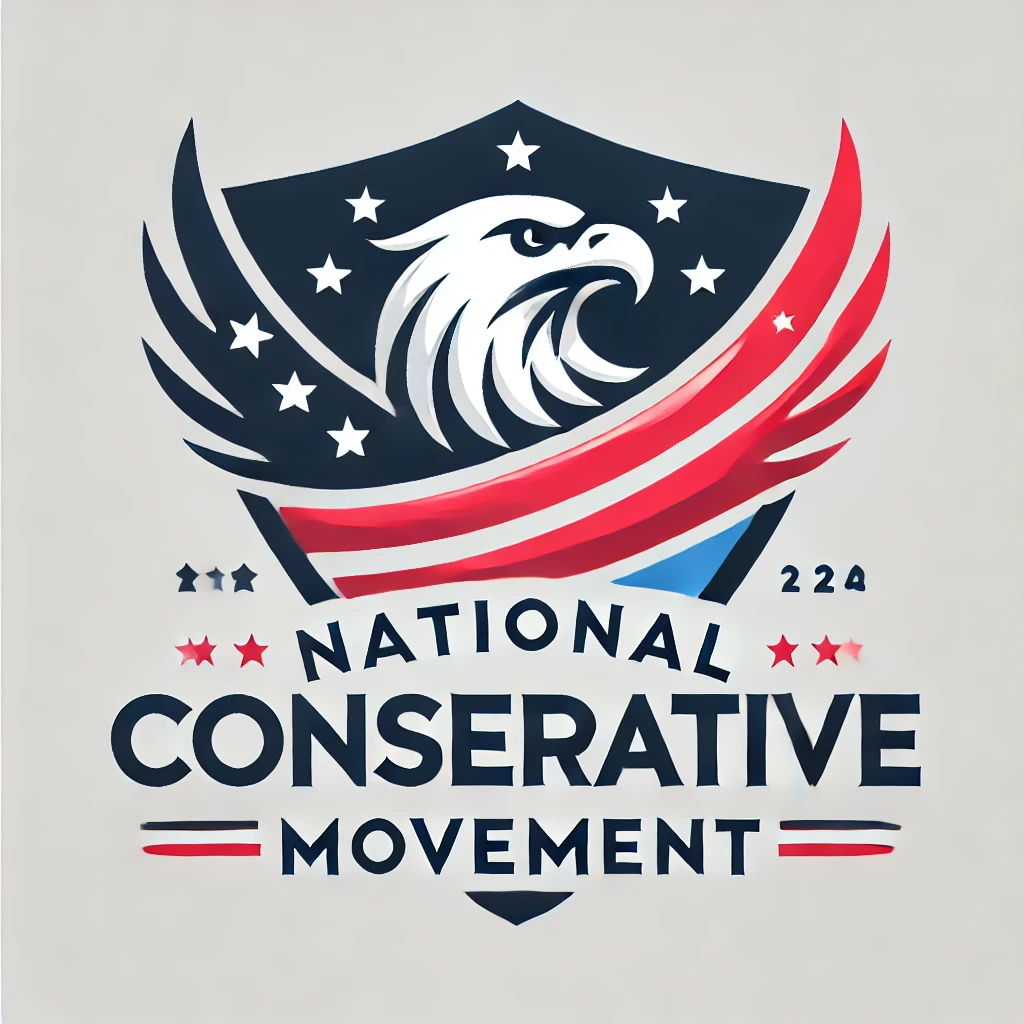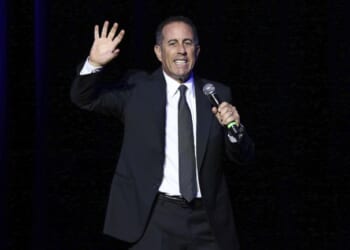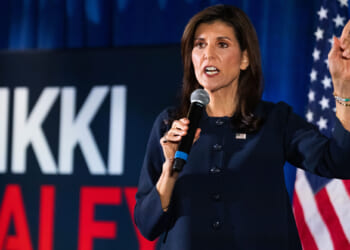
President Trump has threatened to impose tariffs exceeding 100% on Chinese imports as trade tensions escalate, while simultaneously declaring Russia will face no new tariffs and drawing strong support from his political base. Here’s what you need to know about these significant trade policy developments:
The China escalation
Trump dramatically raises stakes in ongoing trade conflict:
- Threatens tariffs “well in excess of 100%” on Chinese goods
- Current 25% tariffs could more than quadruple
- Cites intellectual property theft as primary justification
- Focuses on technology and manufacturing sectors
- Accuses Beijing of currency manipulation
- Claims existing tariffs already bringing manufacturing back
- Implementation timeline remains unspecified
The Russia exception
Administration takes dramatically different approach with Moscow:
- President declares Russia “gets no tariffs” from U.S.
- Cites desire for “business relationship” with Russia
- Contrasts sharply with aggressive China approach
- Suggests geopolitical realignment priorities
- Energy sector cooperation emphasized
- National security justifications offered
- Congressional Republicans largely supportive of stance
Domestic reaction
Political support shows distinctive patterns:
- Trump supporters enthusiastically backing tariff strategy
- Base voters seeing policy as fulfillment of campaign promises
- Manufacturing regions reporting employment gains
- Business groups divided along sectoral lines
- Agricultural interests expressing mixed reactions
- Consumer goods retailers warning of price impacts
- Economic analysts debating inflationary effects
Market response
Economic indicators showing varied impact:
- Stock markets experiencing increased volatility
- Specific sectors seeing divergent performance
- Supply chain restructuring accelerating
- Manufacturing investment decisions affected
- Consumer prices rising in tariff-affected categories
- Currency markets reflecting policy uncertainty
- Corporate earnings guidance increasingly cautious
International implications
Global trade architecture faces unprecedented stress:
- World Trade Organization dispute mechanisms overwhelmed
- Traditional allies pursuing independent policy approaches
- Regional trade agreements gaining importance
- Supply chain diversification accelerating globally
- Developing economies reassessing market access strategies
- International organizations warning of fragmentation risks
- Bilateral negotiations replacing multilateral frameworks
Political context
Tariff policies reflect broader administration priorities:
- Economic nationalism central to political messaging
- Russia policy aligning with broader diplomatic outreach
- China approach reflecting security competition
- Domestic manufacturing emphasized in electoral strategy
- Congressional support divided but generally partisan
- Presidential authority over trade expanded significantly
- 2026 midterm calculations evident in regional tariff impacts
Economic debate
Experts divided on long-term implications:
- Protectionists citing manufacturing employment gains
- Free trade advocates warning of efficiency losses
- Inflation concerns balanced against wage increases
- Supply chain resilience versus consumer costs tradeoffs
- National security versus economic optimization
- Short-term disruption versus long-term restructuring
- Technological innovation versus protectionist stagnation
What happens next
Several key developments are anticipated:
- Formal implementation notices for new tariff levels
- Chinese retaliatory measures likely
- Congressional review of Russia exception possible
- Industry-specific exemption requests expected
- Consumer price impacts becoming more visible
- Additional countries potentially receiving differentiated treatment
- WTO challenge processes continuing despite limited effectiveness
Read more:
• Trump threatens 100%-plus tariffs on China as trade battles intensify
• Donald Trump says Russia ’gets no tariffs’ from U.S. to boost business
• Trump supporters rally behind president’s tough tariffs
This article is written with the assistance of generative artificial intelligence based solely on Washington Times original reporting and wire services. For more information, please read our AI policy or contact Ann Wog, Managing Editor for Digital, at awog@washingtontimes.com
The Washington Times AI Ethics Newsroom Committee can be reached at aispotlight@washingtontimes.com.












